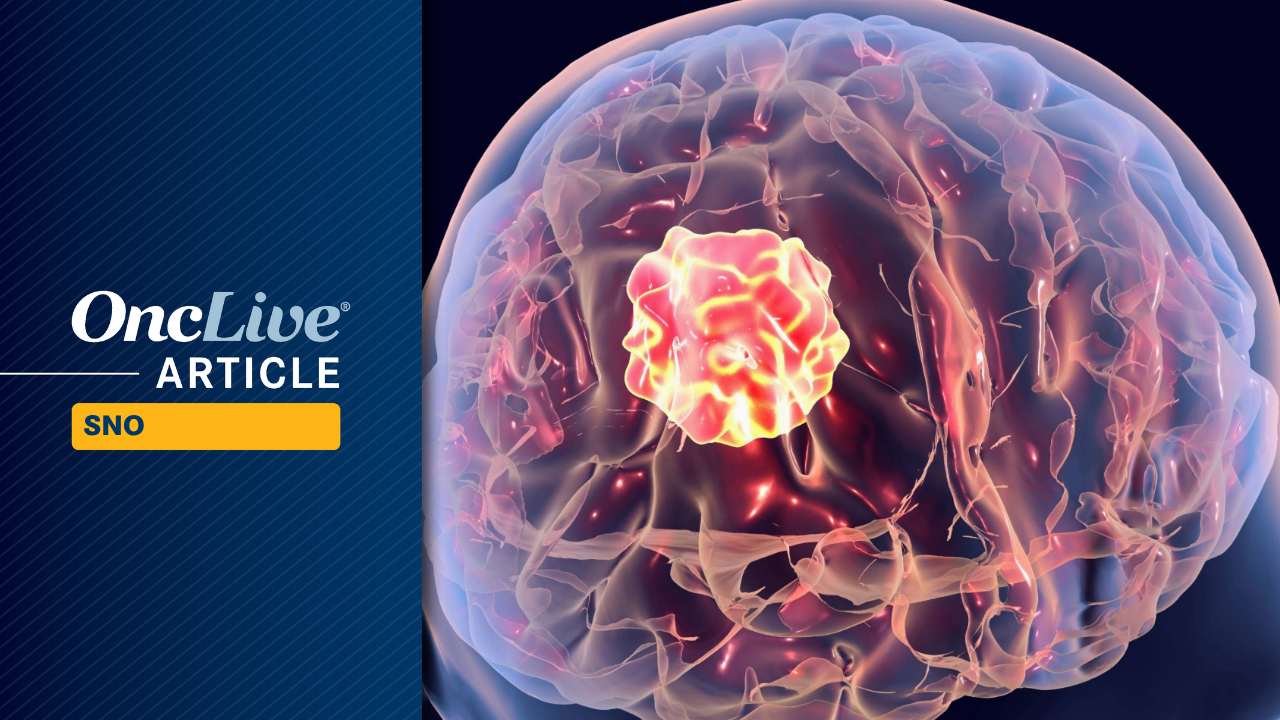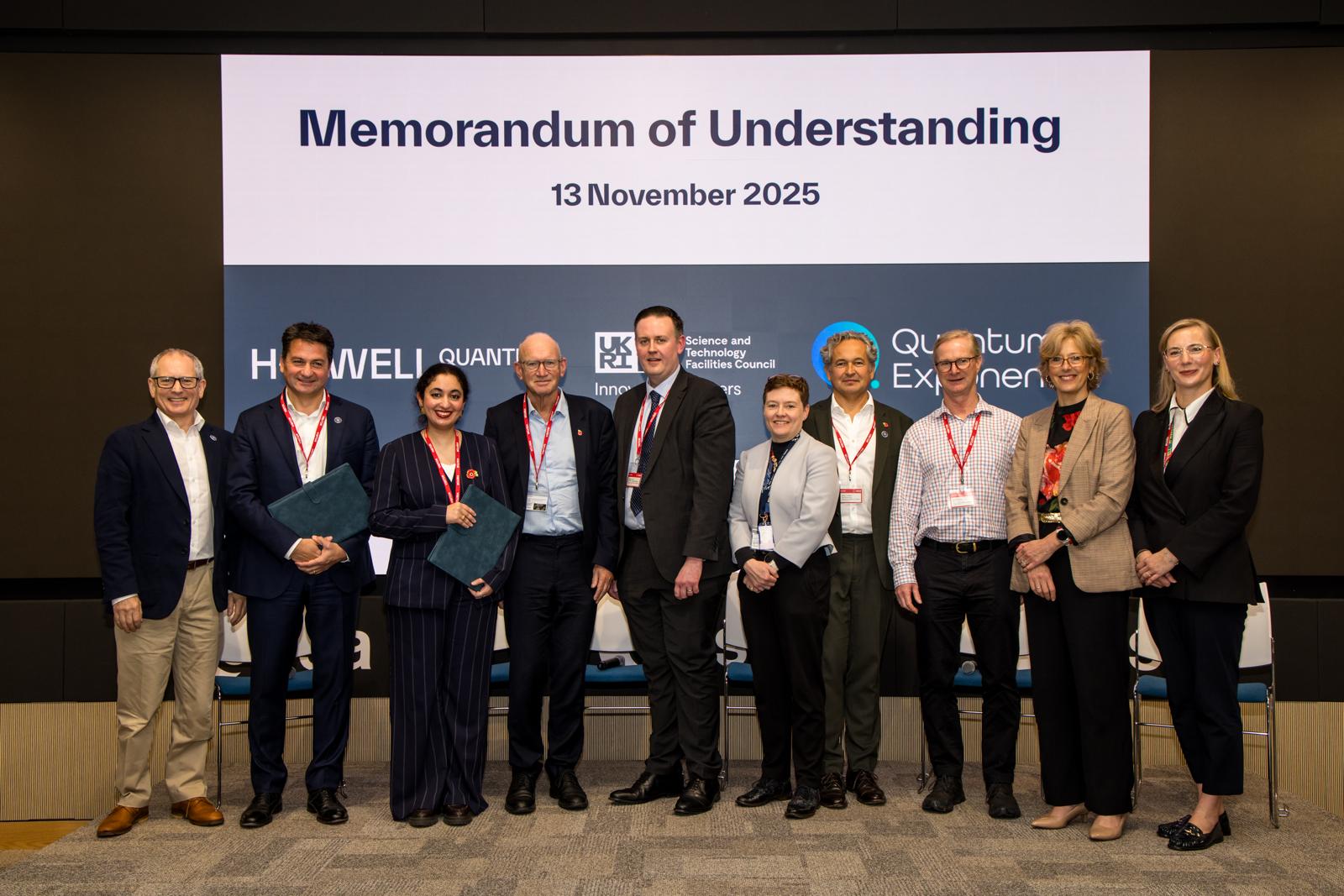LONDON, Nov. 24, 2025 /PRNewswire/ — Brightstar Lottery PLC (NYSE: BRSL) (“Brightstar”) announced today that it has signed a contract with Pan Malaysian Pools SDN BHD (“PMP”), a licensed numbers forecast operator in Malaysia, to supply and deliver 1,200 Retailer Pro S2 terminals as part of PMP’s ongoing quest to upgrade its business infrastructure. The Retailer Pro S2 offers high performance, reliability, and a variety of options and peripherals to meet the current and future needs of lotteries and retailers.
“Deploying Brightstar’s Retailer Pro S2 terminals will provide several added benefits for PMP, our retailers, and players,” said Tan Kong Han, PMP Managing Director. “The many components of this sophisticated terminal will support PMP in our efforts to offer modern experiences for our players, reliable solutions for retailers, and enhance productivity and profitability in our business that continuously funds The Community Chest, which establishes and develops schools throughout Malaysia.”
“Brightstar’s Retailer Pro S2 represents the next-generation evolution of our industry-leading Retailer Pro terminal, now more compact, powerful, and flexible,” said Marco Tasso, Brightstar Chief Operating Officer International and Italy Operations. “Designed for dynamic retail environments like those in Malaysia, the S2 redefines player engagement by offering a range of interactive options that elevate the experience for PMP’s players.”
Engineered for speed and reliability, the Retailer Pro S2 features a 15.6″ full HD clerk-facing touchscreen and is powered by a high-performance processor that ensures rapid transaction processing. Its ergonomic, modular design supports multiple player-facing displays and a broad range of peripherals – including barcode scanners, fingerprint readers, NFC technology, and webcams – enabling flexible and engaging player interactions. This next-generation terminal reflects Brightstar’s commitment to innovation and operational excellence across diverse retail environments.
Brightstar serves nearly 90 lottery customers and their players on six continents. It is the primary technology provider to 26 of the 46 lottery jurisdictions in the U.S. and eight of the world’s 10 largest lotteries.
For more information, visit us at brightstarlottery.com or follow along on LinkedIn.
About Brightstar Lottery PLC
Brightstar Lottery PLC (NYSE: BRSL) is an innovative, forward-thinking global leader in lottery that builds on our renowned expertise in delivering secure technology and producing reliable, comprehensive solutions for our customers. As a premier pure play global lottery company, our best-in-class lottery operations, retail and digital solutions, and award-winning lottery games enable our customers to achieve their goals, entertain players and distribute meaningful benefits to communities. Brightstar has a well-established local presence and is a trusted partner to governments and regulators around the world, creating value by adhering to the highest standards of service, integrity, and responsibility. Brightstar has approximately 6,000 employees. For more information, please visit www.brightstarlottery.com.
Cautionary Statement Regarding Forward-Looking Statements
This news release may contain forward-looking statements (including within the meaning of the Private Securities Litigation Reform Act of 1995) concerning Brightstar Lottery PLC and its consolidated subsidiaries (the “Company”) and other matters. These statements may discuss goals, intentions, and expectations as to future plans, trends, events, products and services, customer relationships, results of operations, or financial condition, or otherwise, based on current beliefs of the management of the Company as well as assumptions made by, and information currently available to, such management. Forward-looking statements may be accompanied by words such as “aim,” “anticipate,” “believe,” “plan,” “could,” “would,” “should,” “shall,” “continue,” “estimate,” “expect,” “forecast,” “future,” “guidance,” “intend,” “may,” “will,” “possible,” “potential,” “predict,” “project” or the negative or other variations of them. These forward-looking statements speak only as of the date on which such statements are made and are subject to various risks and uncertainties, many of which are outside the Company’s control. Should one or more of these risks or uncertainties materialize, or should any of the underlying assumptions prove incorrect, actual results may differ materially from those predicted in the forward-looking statements and from past results, performance, or achievements. Therefore, you should not place undue reliance on such statements. Factors that could cause actual results to differ materially from those in the forward-looking statements include (but are not limited to) macroeconomic, regulatory and political uncertainty, including as a result of new or increased tariffs, trade wars, and other restrictions on trade between or among countries in which the Company operates, and related changes in discretionary consumer spending and behavior, fluctuations in foreign currency exchange rates, and the other factors and risks described in the Company’s annual report on Form 20-F for the financial year ended December 31, 2024 and other documents filed or furnished from time to time with the SEC, which are available on the SEC’s website at www.sec.gov and on the investor relations section of the Company’s website at www.brightstarlottery.com. Except as required under applicable law, the Company does not assume any obligation to update these forward-looking statements. You should carefully consider these factors and other risks and uncertainties that may affect the Company’s business. All forward-looking statements contained in this news release are qualified in their entirety by this cautionary statement. All subsequent written or oral forward-looking statements attributable to the Company, or persons acting on its behalf, are expressly qualified in their entirety by this cautionary statement.
Contact:
Mike DeAngelis, Corporate Communications, +1 (401) 392-1000, [email protected]
Matteo Selva, Italian media inquiries, +39 366 6803635
James Hurley, Investor Relations, +1 (401) 392-7190
© 2025 Brightstar Lottery PLC
The trademarks and/or service marks used herein are either trademarks or registered trademarks of Brightstar Lottery PLC, its affiliates or its licensors.
SOURCE Brightstar Lottery PLC




